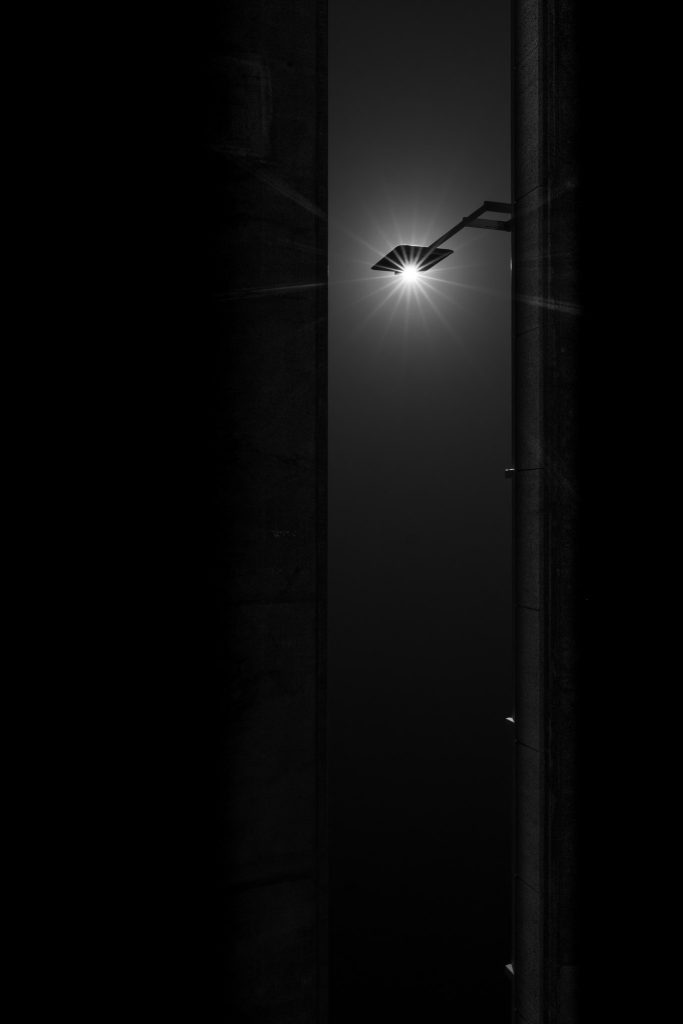Photography vs AI.

There’s been a recent explosion in the creation of AI imagery. It’s flooded the Internet and it’s almost impossible to pop into social media platforms without coming across pictures created using AI software (eg. Midjourney) or the controversy surrounding the creation of images based on datasets sourced from the work of real world image makers, including photographers and artists.
The controversy (and attendant outrage) is real. In Australia, a recent photography competition run by Digidirect had judges selecting an AI-generated image as its winner. The studio who submitted the image came clean, but said that they wanted to test the waters to see if an AI generated photorealistic image could pass muster. It certain did, and more. Cue incredulity from the photographic community; cue Internet outrage.

If AI generated images can pass as photographs, what is the world coming to? Should we retire our cameras and take up subscriptions with image generators such as Midjourney, Stable Diffusion and DALL-E 2? Are the livelihoods of professional photographers at risk because spec-driven images can now be created by software?
The mind boggles.
Or does it?
Without denying that AI image generation has certainly disrupted assumptions about photographic and artistic image making, photographers need to look more closely at the medium that we have all embraced for creative, artistic or commercial reasons. Now, more than ever before, we are being asked to examine what photography means to us.
When I delve deeper into this thinking, I keep coming back to the one thing that has differentiated photography from other mediums of image creation.
And it boils down to the etymology of the word.
We’ve all been told that the word “photography” comes from the combination of two Greek words: “photos” (light) and “graphos” (drawing). It is a drawing (image) made with light.
The concept is centuries old, dating back to the camera obscura used as early as the 16th century. In a camera obscura, a small hole or lens in the wall of a darkened room (or box), projects an image of the world outside onto the wall opposite to the hole. It was a useful aid for artists of the era.

In the 19th century, thanks to Louis Daguerre, light sensitive surfaces could be exposed to the light and be imprinted with the image formed in the camera obscura. The daguerreotype set the world of image making on fire.
“I have seized the light! I have arrested his flight! The sun himself in future shall draw my pictures!” Daguerre pronounced as he unveiled his camera.

Part and parcel of what makes photography what it is, is its reliance on light. Adages and quotes abound in the role of light in photography: “chase the light”, “love the light”, “light turns the ordinary into the magical” and so on. As photographers, we are asked to see the light, follow it, understand it.
Light makes photography. Embrace light. Admire it. Love it. But above all, know light. Know it for all you are worth, and you will know the key to photography.
George Eastman’s words are one of the most cited in the world of photography, to the point that they almost seem trite. But they are, to this day, true.
As photographers, we use light; we create it; we are beholden to it. We make images with it. We make images with intent and we derive much satisfaction from the process and the result. We begin with a vision and we allow the creative process of “drawing with light” to guide us in bringing this vision to fruition.
Chasing light, Using it. Making it work for me. Realising that the moment the shutter activates is the pinnacle moment I wanted to record. There is tremendous personal satisfaction that can be gained from this. Entering prompts into Midjourney cannot replace this feeling. Words used to prompt an algorithm to work with datasets will never replicate what goes on in our heads when we are angling to get the image.
And whenever I work with commercial (or even domestic) clients, I know that it is this vision that you manifest and make real that grabs their attention. The way their eyes light up when they see that you have caught the essence of what they feel, know and understand about themselves or their business or their products. Text prompts will never achieve this.
Is there a place in image-making for AI Art? Absolutely. In the way that there was a place for photography in the world of image-making, even when Daguerre ruffled feathers in the artistic world when he unveiled the ability to record realistic scenes on photo-sensitive plates. Even when Eastman made it possible for everyone to have one of these “cameras” in their hands by making a camera small enough to fit into hands, where the camera obscura image could be projected onto photo sensitive roll film.

The appearance of the camera changed the world of image making. It forced artists to consider the impact of this invention and to either co-opt it into their practice or to change the way they envisioned and made their art.
AI is a similar disruptive agent. It’s new, it seems miraculous, it creates almost perfect images (just don’t look too closely at hands and eyes for now… the AI hasn’t reached peak performance there as yet). It’s making us rethink what photographic image making is and what we do. It’s jolting us out of our complacency. This is what disruptive technologies are do.

It can make us love photography even more. It can prompt us to change the way we talk about photography — to our colleagues, to our clients. In a world saturated with photography, why do we still enjoy hand-crafted art: street art, murals, paintings? Because we enjoy great images, ones that make fill us with awe, inspire us, evoke feelings.
Photographs can and will continue to do that. We just become better at it.
Let’s stop worrying about AI and whether it’s good or bad, real or fake, or whatever. Instead, let’s create the best goddamn images we can by drawing with light.


No Comments